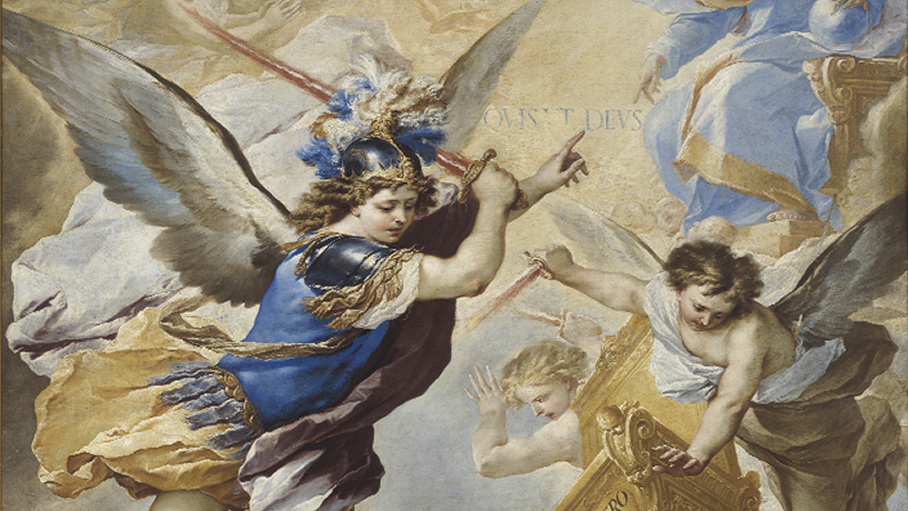Museo di Capodimonte Napoli
Luca Giordano is undoubtedly the greatest Neapolitan painter of the seventeenth century, as well as the most prolific with thousands of drawings, paintings and frescoes. He even earned himslef the nickname “Luca fa presto”. He is the last of the Neapolitan masters to have left his city: as a young man, he stayed in Rome, where he observed and drew everything from Raphael to Caravaggio. His dream, however, was to equal the masters of the Venetian Renaissance, Titian and Tintoretto, passing through Veronese, whom he learned to love through Ribera and Mattia Preti. His approach to the painting of the masters, however, has an aggressive and typically baroque sprezzatura. Art, like life, is an astonishing and spectacular stage, where you have to act as protagonists, a role that Giordano played superbly. Then, when he was just twenty years old, between 1654 and 1655, he made two paintings for the church of San Pietro ad Aram and the altarpiece in the transept of the church of Santa Brigida in Naples. An intense career full of glory both in Italy and in Spain, starting from Florence with the illusionistic and continuous decoration of the Corsini chapel in Chiesa del Carmine, and above all, in the frescoes in Palazzo Medici Riccardi. In 1694, the Sovereign Charles II of Spain handed him over the keys to the Studio of the Palace, thus consecrating him head of the painters of the court. By then, he had decorated endless walls between Madrid and the Monastery of the Escorial, so much so as to make him the “greatest Spanish painter with Velazquez and Picasso”, as claimed by Stefano Causa and Patrizia Piscitello – curators of the exhibition Luca Giordano. Dalla Natura alla Pittura at the Capodimonte Museum in Naples until 23 February 2021.
Divided into ten sections that retrace his extraordinary creative career, the exhibition was the brainchild of Sylvain Bellenger, director of the Museo e Real Bosco di Capodimonte, and Christophe Leribault, director of the Petit Palais in Paris, where the first event dedicated to the great master of Neapolitan Baroque took place in autumn 2019.

